Last Updated on December 2, 2025 by Drew Pierce
Staying light on your feet in pickleball is crucial for reaching shots quickly and preventing injury. The key is a combination of proper “split-step” mechanics, improving your lateral agility through drills, and wearing lightweight court shoes that provide stability without weighing you down.
If you feel like your feet are glued to the court when playing pickleball, you’re not alone. Many players, especially those new to the sport, struggle with being light and agile on their feet. This issue, often referred to as “concrete feet,” can significantly hinder your ability to react quickly and get into position for shots. However, you can overcome this challenge with the right techniques and exercises and take your pickleball game to new heights. Here are some tips to help you stay light on your feet when playing pickleball.
Master the Split-Step
The split-step is a fundamental technique that prepares your body for movement in any direction. As your opponent prepares to strike the ball, bend your knees, shift your weight to the balls of your feet, and take a small hop or step to activate your muscles. This simple movement will allow you to react faster and cover more ground.
Incorporate Footwork Drills to Stay Light on Your Feet
Dedicate time to practicing specific footwork drills to improve your agility and quickness. Ladder drills, shuffle steps, and lateral movements are excellent exercises to incorporate into your routine. These drills will not only enhance your footwork but also improve your balance and coordination.
Here are three popular footwork drills that can help improve agility and quickness on the pickleball court:
Ladder Drills
Ladder drills are an excellent way to work on foot speed, coordination, and agility. Set up an agility ladder on the court (or use tape to create ladder markings). Practice different footwork patterns like high knees, lateral shuffles, in-and-outs, and carioca movements while navigating through the ladder rungs. This drill challenges your footwork, balance, and body control.
Side Shuffle with Ball Drops
This drill combines lateral movement with reaction time. Start by facing the net with a partner on the other side. Your partner will drop or roll the ball to either side, and you must quickly shuffle to that side and retrieve the ball. This drill trains you to react quickly and move laterally, which is crucial in pickleball.
Two-Line Zig-Zag Drill
Set up two lines on the court, parallel to the net, about 6-8 feet apart. Start on one line and shuffle sideways to the other line, then quickly pivot and shuffle back to the first line. Continue this zig-zag pattern, focusing on quick stops, starts, and changes of direction. You can add a ball toss or drop from a partner to make it more reactive.
These drills should be performed as part of your warm-up routine or as dedicated footwork training sessions. Start slowly and focus on proper technique, then gradually increase the speed and intensity as you improve. Consistent practice of these drills will enhance your agility, quickness, and overall court coverage in pickleball.
Strengthen Your Lower Body
Strong legs are essential for maintaining a low, athletic stance and moving swiftly across the court. Incorporate exercises such as squats, lunges, and calf raises into your training routine. These exercises will build the necessary strength and power in your lower body, enabling you to move with greater ease and explosiveness.
👟 Top 5 Lightweight Pickleball Shoes for 2025
| Shoe | Name | Best For… | Approx. Weight | Check Price |
|---|---|---|---|---|
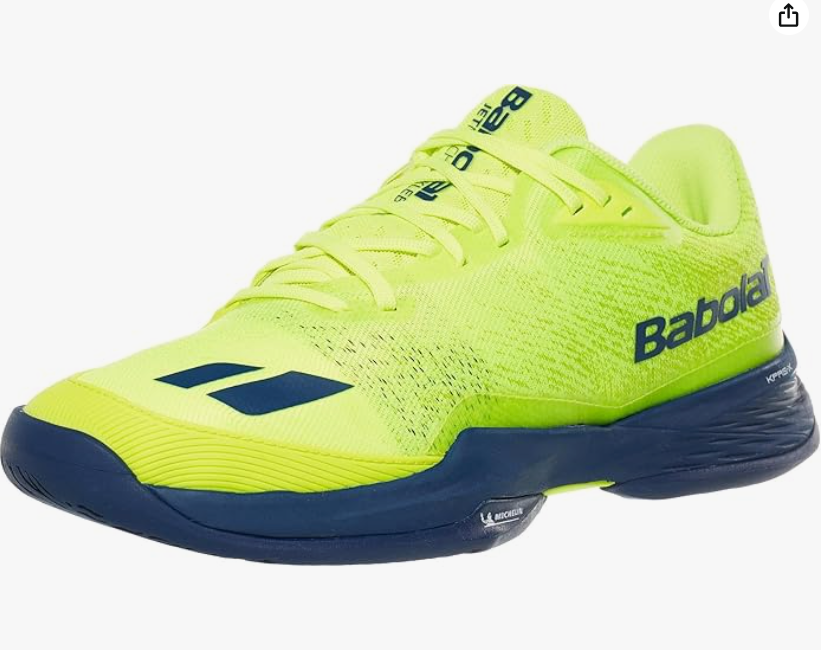 |
Babolat Jet Mach 3 | Ultimate Speed | ~12.1 oz | View Deal |
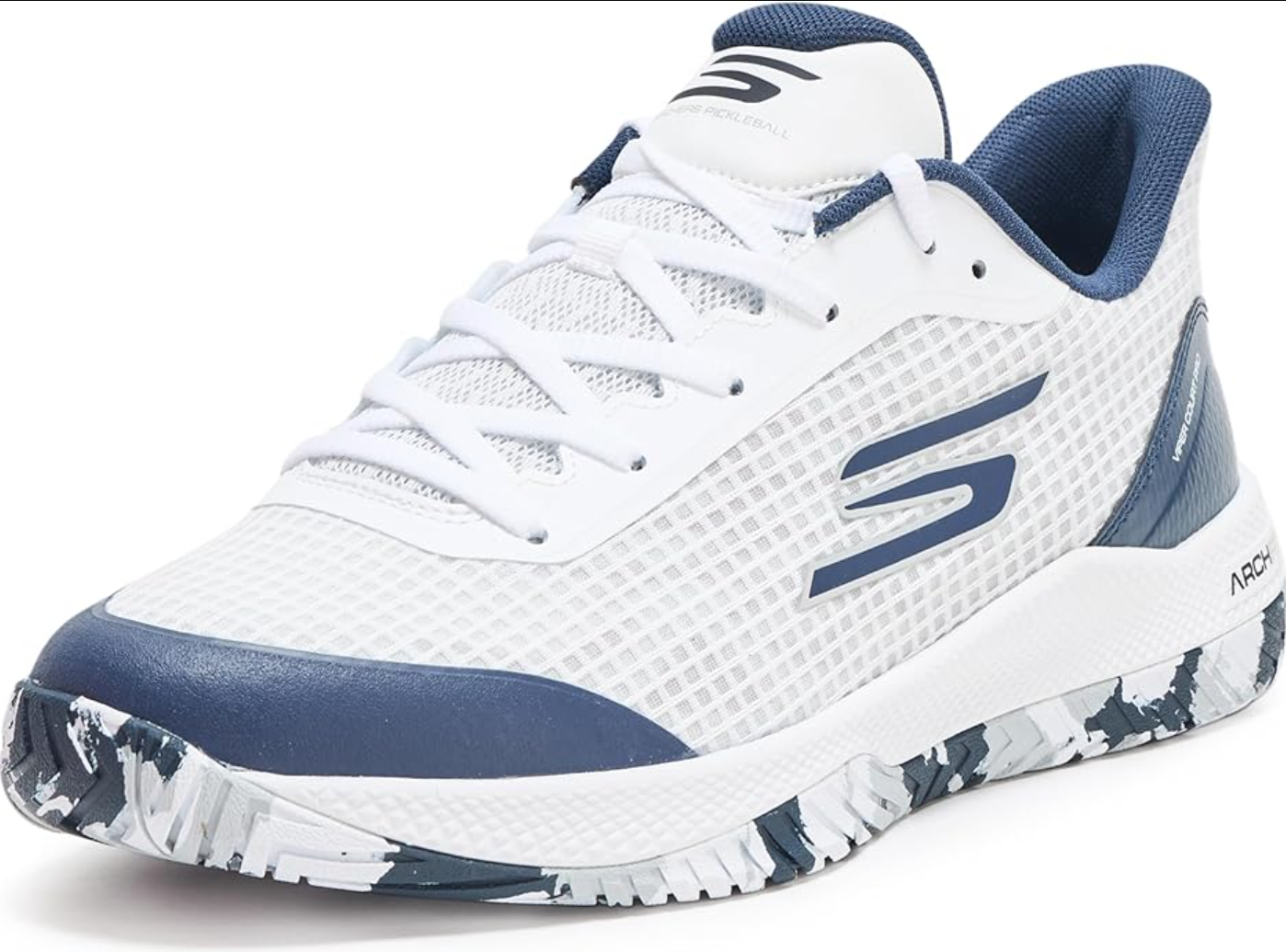 |
Skechers Viper Court Pro | Comfort & Stability | ~12.0 oz | View Deal |
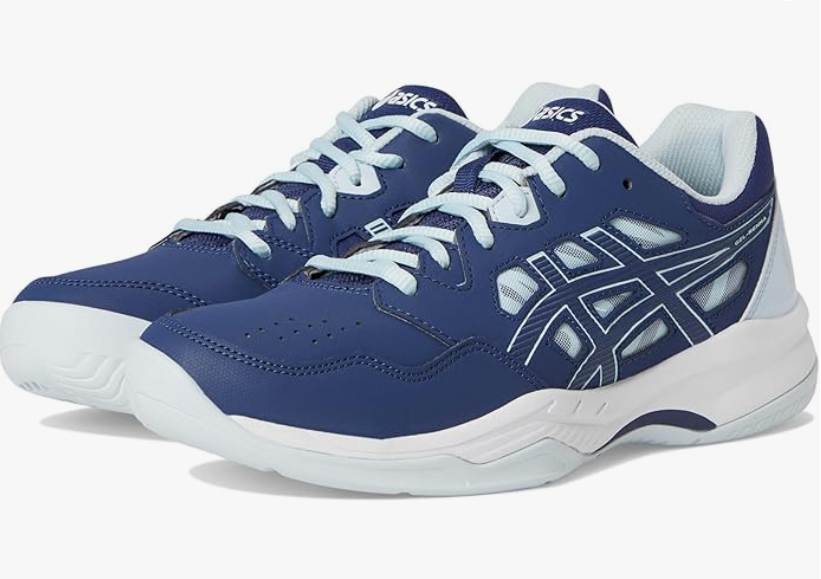 |
Asics Gel-Renma | Flexibility & Value | ~12.6 oz | View Deal |
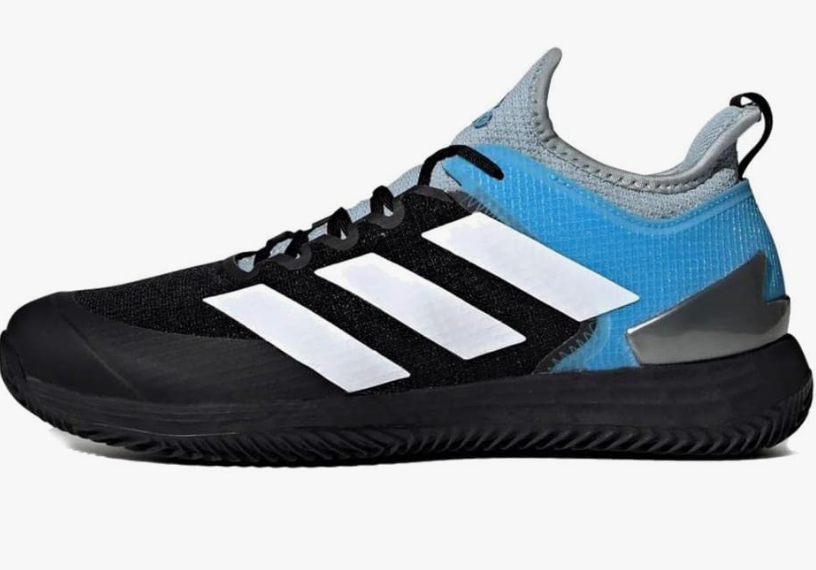 |
Adidas Adizero Ubersonic 4 | Sock-like Fit | ~13.6 oz | View Deal |
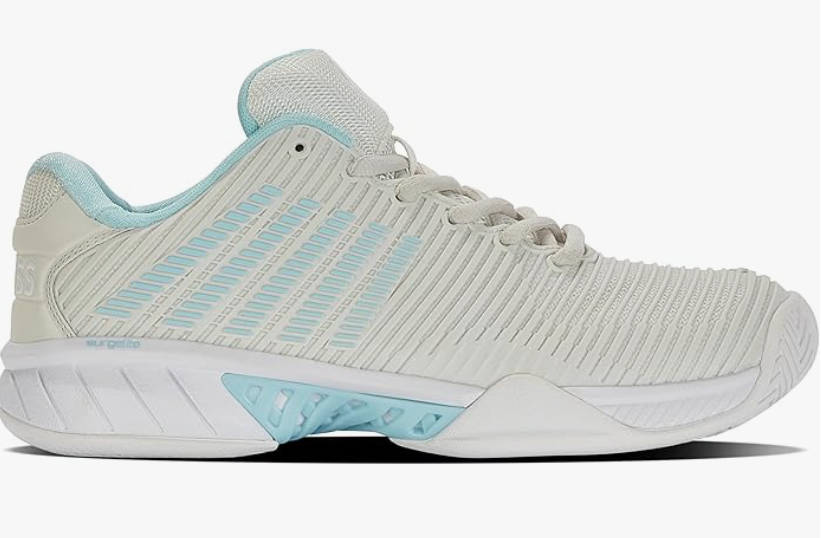 |
K-Swiss Hypercourt Express 2 | Wide Fit Comfort | ~13.0 oz | View Deal |
Stay Hydrated and Fueled
Proper hydration and nutrition play a crucial role in your overall performance and energy levels. Ensure that you drink plenty of water before, during, and after your pickleball sessions. Additionally, fuel your body with nutrient-dense foods that provide sustained energy throughout your matches.

Visualize and Anticipate How to Stay Light on Your Feet
Pickleball is a game of quick reactions, and anticipating your opponent’s shots can give you a crucial advantage. Train your mind to read the game and anticipate where the ball will go. This mental preparation will allow you to position yourself more effectively and reduce the need for sudden, explosive movements.
Bounce on the balls of your feet Instead of standing flat-footed, keep a slight bend in the knees and bounce gently on the balls of your feet between shots. This constant micro-movement will prevent you from getting flat-footed and sluggish.
Come up with a simple verbal cue like “light feet” or “bounce” that you can repeat to yourself during points as a reminder to stay mobile.
Visualize quick footwork: Before and during matches, visualize yourself moving quickly and effortlessly around the court. Imagine your feet being light and responsive.
Watch pro players: Observe how professional pickleball players are constantly moving, adjusting, and staying on the balls of their feet. Try to emulate their footwork patterns.
Warm-Up Properly
Before stepping onto the court, engage in a comprehensive warm-up routine that includes dynamic stretches and light cardio exercises. This will prepare your muscles for the demands of the game and reduce the risk of injury or stiffness that could impair your movement.
Practice, Practice, Practice
Consistent practice is the key to mastering any skill, including footwork in pickleball. Dedicate time to playing and practicing regularly, focusing on your movement and positioning on the court. As you become more comfortable with the game’s pace and strategy, your footwork will naturally improve.
What Pickleball Shoes Should I Wear?
If you are looking to stay light on your feet, that does not mean you should wear the lightest-weight sneakers you can find. Stability, control and traction are of paramount performance, even if the shoe itself is a bit heavier than you’d expect. Read about my favorite pickleball sneakers.
Remember, overcoming “concrete feet” is a process that requires patience, dedication, and a willingness to put in the work. By incorporating these tips into your training routine, you’ll soon find yourself gliding across the court with newfound agility and confidence, leaving your opponents struggling to keep up. So when in doubt, stay light on your feet to put yourself in an optimal position to score.
